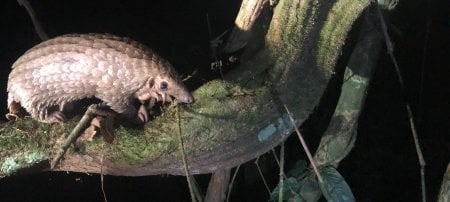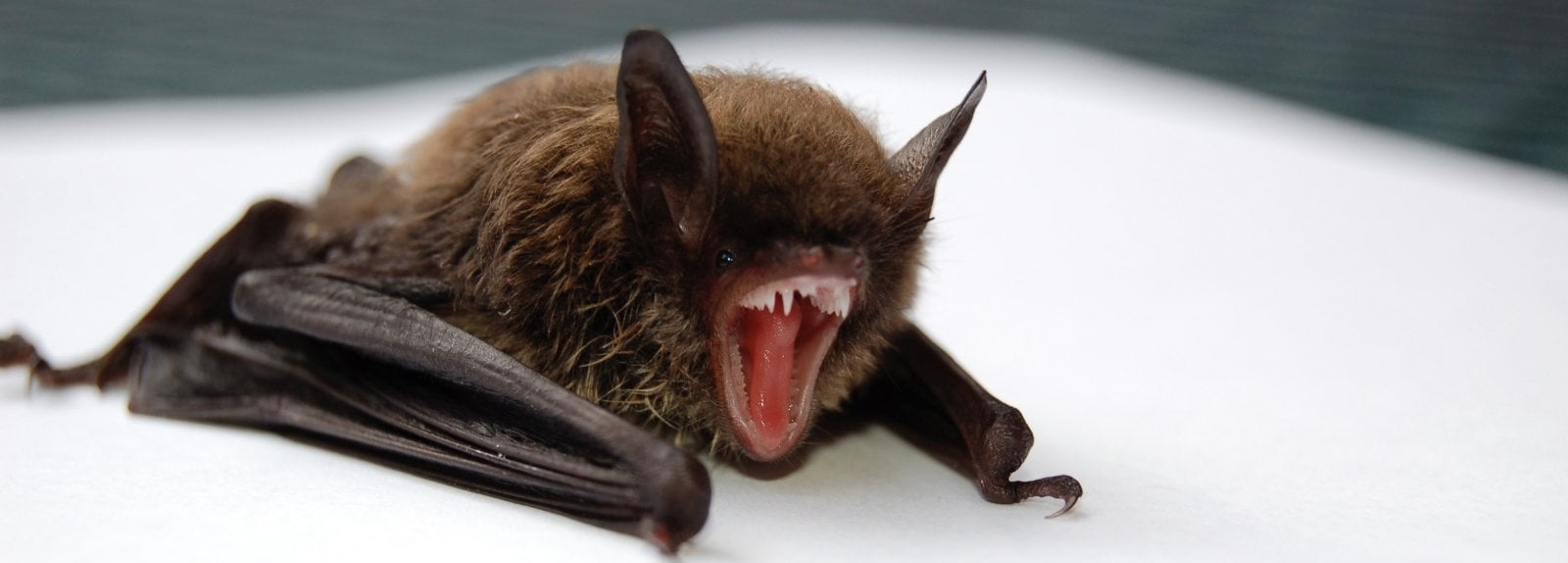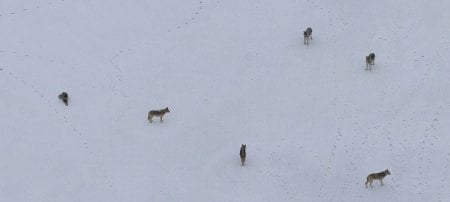The Science of Yellow Snow: White-tailed Deer may be Ruining their own Winter Havens

New research from wildlife ecologists at Michigan Technological University indicates that white-tailed deer may be making the soil in their preferred winter homes unfit to grow the very trees that protect them there.
Bryan Murray, a PhD candidate at Michigan Tech, and two faculty members, Professor Christopher Webster and Assistant Professor Joseph Bump, studied the effects on soil of the nitrogen-rich waste that white-tailed deer leave among stands of eastern hemlock, which are among their favorite wintering grounds in the harsh, snowy climate of northern Michigan. Webster and Bump are on the faculty of Michigan Tech’s School of Forest Resources and Environmental Science.
They compared eastern hemlock stands where deer congregated to stands where deer were fenced out and found a strong relationship between the amount of soil nitrogen from the deer’s waste products and the kinds of plants that flourished there. Their research results were reported online in the journal Ecology, published by the Ecological Society of America.
“Altering the nitrogen availability in a hemlock stand may affect its ability to continue functioning as a deeryard by changing the types of plants that grow there,” said Murray, first author on the journal article titled “Broadening the ecological context of ungulate-ecosystem interactions: the importance of space, seasonality, and nitrogen.” For example, he said, “high inputs of nitrogen may hasten the transition of hemlock stands to hardwood species that provide scant winter cover.”
During cold northern winters, deer seek out stands of evergreens with dense crowns, such as eastern hemlock, northern white cedar and balsam fir. Such stands of trees are known as “deeryards.” They are thought to provide refuge from deep snow and blustery winds and to help deer hide from predators, Murray explained.
Deer instinctively seek deeryards, but their choice of location is knowledge passed from mother to fawn. Thus deeryards that are traditional favorites can harbor 100 deer or more per square mile, creating hotspots of high-nitrogen-content waste.
Long ago, before logging enabled the white-tailed deer to move further and further north and before the deer population explosion more recently experienced, the ecosystem stayed balanced because there were plenty of deeryards and fewer deer. Now more deer are crowding into less winter cover, shifting the dynamic balance of nature.
The Michigan Tech research demonstrates that the relationship of deer to their habitat is more complex than just the plants they eat, Webster said. “Our hope is that by better understanding the links between habitat use and spatial patterning of resources and plants in survivng hemlock stands we can identify sustainable management strategies for this critical resource.”
“It was fascinating to discover such complex interactions, which have implications for sustainable management, in a seemingly simple ecosystem,” Murray added.
Michigan Technological University is an R1 public research university founded in 1885 in Houghton, and is home to nearly 7,500 students from more than 60 countries around the world. Consistently ranked among the best universities in the country for return on investment, Michigan's flagship technological university offers more than 120 undergraduate and graduate degree programs in science and technology, engineering, computing, forestry, business, health professions, humanities, mathematics, social sciences, and the arts. The rural campus is situated just miles from Lake Superior in Michigan's Upper Peninsula, offering year-round opportunities for outdoor adventure.




Comments